
Photo of a seven ticket voting machine, Denver Colorado, 1912
Focus Questions: What are the roles of citizens in local, state and national elections? What are the roles of citizens in influencing public policy?
Topics on this page
Introduction
- Basic roles of Citizen in US elections
- Influence of US Citizen on public policy
Voter Participation in the United States
Massachusetts Milestones
- LGBTQ Politics and Politicians
Low Voter Participation
Voting Sign, Taft Texas, 2016
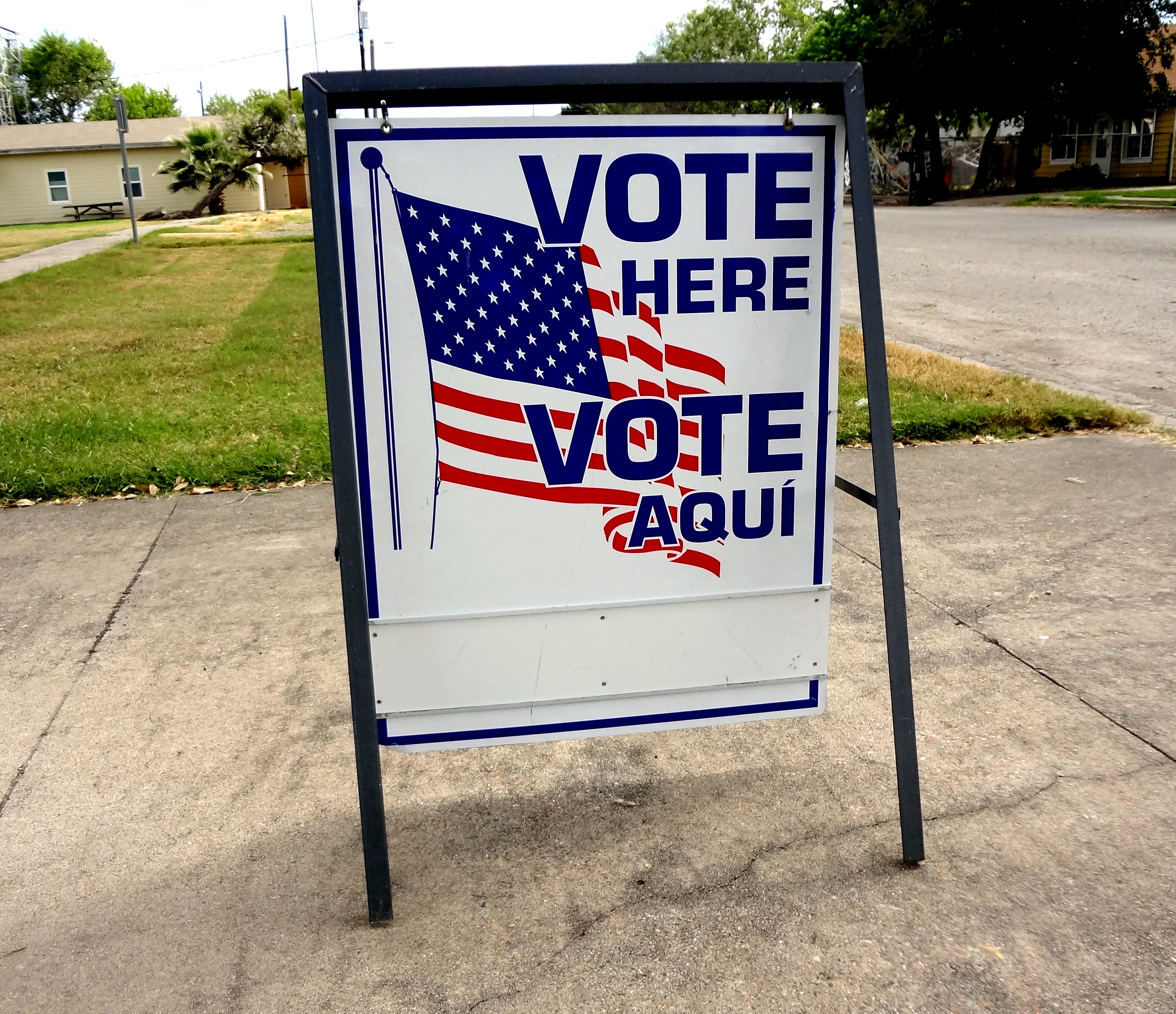
Electoral College
Women's Participation in Politics
 eBook Connection: Citizen Participation in the Political Process
eBook Connection: Citizen Participation in the Political Process
Introduction to Voting
US Citizens role in elections
- A citizen's role in an election is to vote on the perspective candidates.
- Whether it's an election on country sheriffs, state judges, state or federal representatives.
- The voter determines who will take the office, that elected official will actually be the one doing the work though.
- US Citizens DO NOT get a say on the day to day business and decisions being made in said office.
- The elected official was entrusted to do the job he/she was voted in for to the best of their abilities.
Influence of US Citizens on Public Policy
- US Citizens have NO real power to decide public policy
- The official they elected has that power
- Citizens can write or talk to their representative and try and convince him/her to vote they way they want
- But ultimately it is the officials vote and he/she can vote any way they want
- But usually the official does take into consideration the wishes of the people that voted for him, its just they have a lot of voters to please so some people always get disappointed
- What power citizens do have is the ability to not vote for the same person again the next time around
- This and talking with your elected official is about all the power citizens have over public policy
US Department of Homeland Security page on Citizens rights and obligations
Video comparing democracy to republics
Video explaining the history of democracy and its modern definition
A 1945 educational video on democracy in the US
Voter Participation in Elections
U.S. Trails Most Developed Countries in Voter Turnout, Pew Research Center (May 21, 2018)
- 55.7% of the United States Voting-age population cast ballots in 2016 Presidential Election
- The highest turnout rates among OECD nations were in Belgium (87.2%), Sweden (82.6%) and Denmark (80.3%).
- Switzerland consistently has the lowest turnout in the OECD. In 2015, less than 39% of the Swiss voting-age population cast ballots for the federal legislature
 Would You Make Voting Compulsory?
Would You Make Voting Compulsory?
Voter Turnout, MIT Election Data & Science Lab
- Those who vote have more education, higher income, older age and are more likely to be married
Voting by AGE Group
|
| 18–30 |
44% |
| 31–60 |
62% |
| 60+ |
72% |
Gender Differences in Voter Turnout, Center for American Women and Politics (June 2019)
Source of Graph: Voter Participation in California (September 2015)

Mapping Where Americans Don't Vote, CityLab (November 5, 2018)
- If no-show votes could choose a candidate, "nobody" would have won the 2016 Presidential election
Voting Hot Report from the U.S. Census highlights election data from 1996 to 2010.
- Citizens of color lag behind Whites in voter registration and voting rates. For example, during the 2010 midterm elections, Latinos were the least likely to turn out to vote and most likely to not be registered.
Top Ten States with Highest Voter Turnout, ThoughtCo. (March 7, 2019)
The Formula Behind the Voting Rights Act, an interactive map from The New York Times, June 22, 2013 includes states and counties with estimated citizen turnout below 50% in 2012 as well as the most prejudiced states based on 2008 survey data. This offers a perspective on the 2013 Supreme Court voting rights decision.
Winning the Vote: A History of Voting Rights from the Gilder Lehrman Institute of American History.
Duverger's Law states that plurality or winner-take-all voting systems tend to favor a two party system.
Massachusetts Milestones
 |
| Joseph P. Kennedy III, Elizabeth Warren, Barney Frank, 2012 Boston Pride Parade |
In the 20th century, Massachusetts was a state dominated by the Democratic Party. It did elect Republican Scott Brown to fill the vacated Senate seat of the late Ted Kennedy, although Brown was defeated in his bid for reelection by Elizabeth Warren.
- Massachusetts has eleven electoral votes.
Click here to view Scott Brown's acceptance speech.
Click here to read a bio on Edward Brooke from the U.S. Senate website.
- Nelson Merced was the first Hispanic elected to the Massachusetts General Court, serving in the House of Representatives from 1989 to 1993.
On a social level, Massachusetts played a pivotal role in the Women's Suffrage Movement. For more on women's suffrage, see United States History I.33.
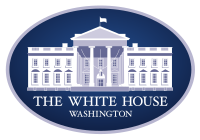 Presidential candidates from the state have included John Adams, John Quincy Adams, John F. Kennedy, John Kerry, and former governors Calvin Coolidge and Michael Dukakis.
Presidential candidates from the state have included John Adams, John Quincy Adams, John F. Kennedy, John Kerry, and former governors Calvin Coolidge and Michael Dukakis.
For more on national politics, see House Members who became President or Presidential Candidates
For data on Massachusetts voting in presidential elections visit 270 to Win: Massachusetts and Election Atlas: Massachusetts
LGBTQ Politics and Politicians
- Barney Frank served as an openly gay member of the United States House of Representatives.
- Kenneth Reeves was the first elected openly gay African American mayor in the state (Cambridge, Massachusetts, 1992-1995; 2006-2007).
Click here to read about different issues Barney Frank has been a part of and reported on.
For more information on national politics, see Milestones in LGBT Politics in America.
 |
| Presidential Election badges, Andy Clarke. |
 The Declaration of Independence and Political Activism is a webquest that introduces students to the political achievements of important people in history.
The Declaration of Independence and Political Activism is a webquest that introduces students to the political achievements of important people in history.
The ReDistricting Game lets players redraw election districts to achieve different political results.
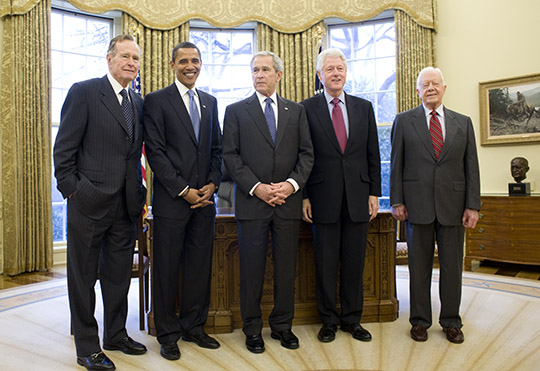 |
| Five Living Presidents, January 2009 |
Massachusetts Voters' Bill of Rights
National Voter Registration Act of 1993 (also known as the Motor Voter Bill).
Low Voter Participation in American Elections
Voting was severely limited for people of color, especially Black people. Before the Voting Rights Act of 1965, there were extremely difficult tests called literacy tests that Black people had to take in order to be able to vote. Here is the link to an example of one of the tests so you can take it yourself.
Americans vote in small numbers compared to citizens in other democracies worldwide. The International IDEA Voter Turnout website reported that in the 1990s, the United States placed only 140 of out 163 countries in percentage of voters participating in elections. Malta led the list with a voter turnout of 96.7% followed by Uruguay (96.1%) and Cambodia (90.5%). The United States had only 44.9% voter participation.
Participation in American Presidential elections is low and differs greatly by age group. In the 2000 election, only 54.7% of the electorate voted. Individuals ages 18-24 are less likely to vote (only 32% of this group voted in the 2000 Presidential election, although younger voters participated in higher numbers in the 2008 campaign). By contrast, individuals ages 65 and older had a 67.6% rate of voter participation, the highest of any voting age group.
Voter participation did increase by 5 million voters in 2008.
United States Elections Project,a website maintained by Professor Michael McDonald at George Mason University, offers information about voter turnout, election administration practices, and redistricting.
 U.S. Elections Project: Voter Turnout from George Mason University presents voter participation data from 2000 to 2012.
U.S. Elections Project: Voter Turnout from George Mason University presents voter participation data from 2000 to 2012.
See also, High School Civic Education Linked to Voting Participation and Political Knowledge, No Partisanship or Candidate Selection
Women's Participation in Electoral Politics
Virginia Minor and Women's Right to Vote, Gateway Arch, National Park Service (April 15, 2019)

Newspaper Coverage of Minor v. Happersett, April 3, 1875
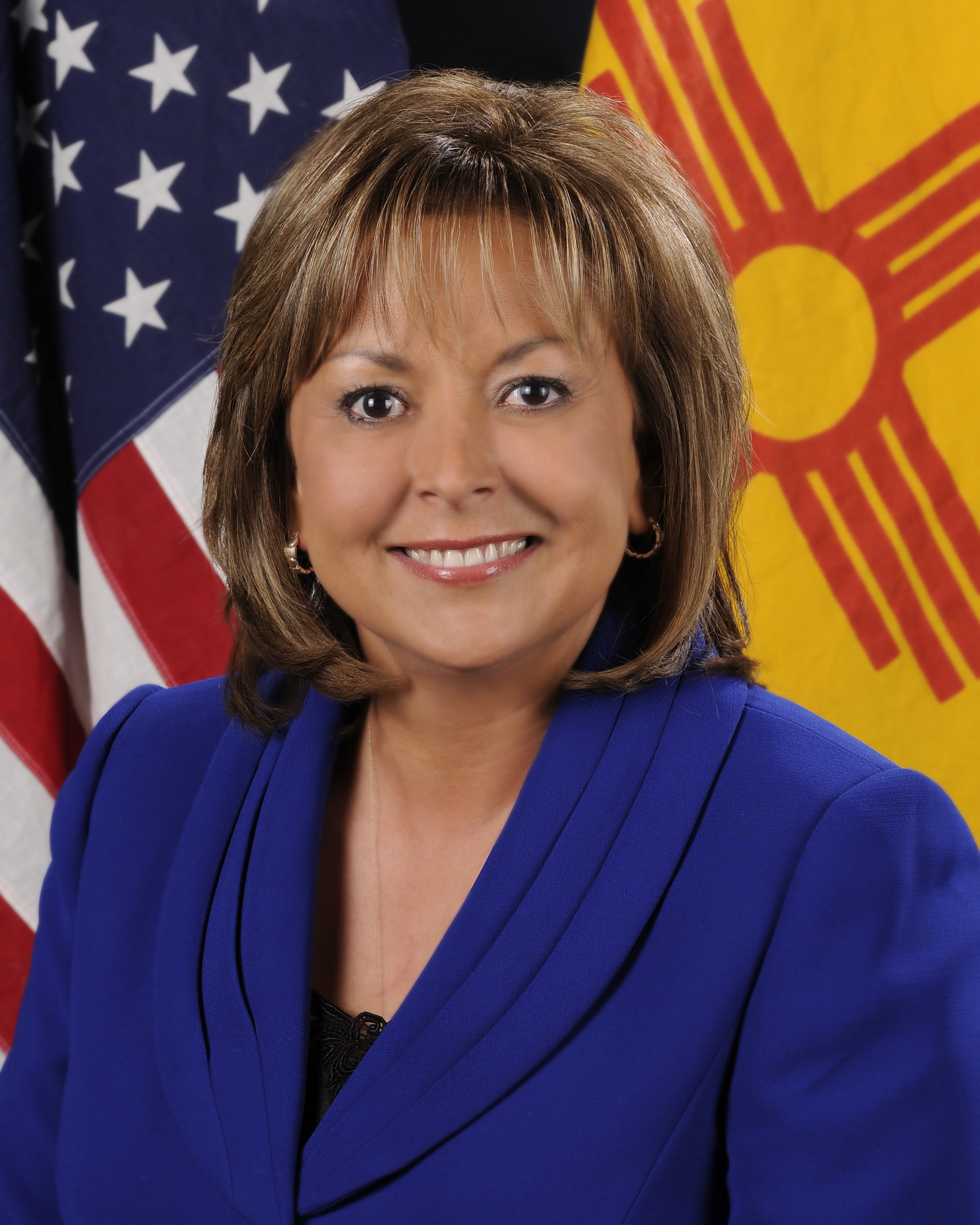 |
| New Mexico Governor Susana Martinez |
Women's participation in politics has been a constant historical struggle. In 2008, women held only 13% of the elective offices in the United States.
Click here for a short History of the Women's Suffrage Movement.
Women in Elective Office presents 2011 statistics on women in state legislatures, governor's office and Congress for every state from the Center for American Women and Politics at Rutgers University.
Young Women Drive Youth Turnout shows that women exceeded men by 7 percentage points in the 2012 election, from the Center for Information & Research on Civic Learning & Engagement at Tufts University.
A game that celebrates the Women's Suffrage Movement - only need a die and a token for each player!
Additional Resources:
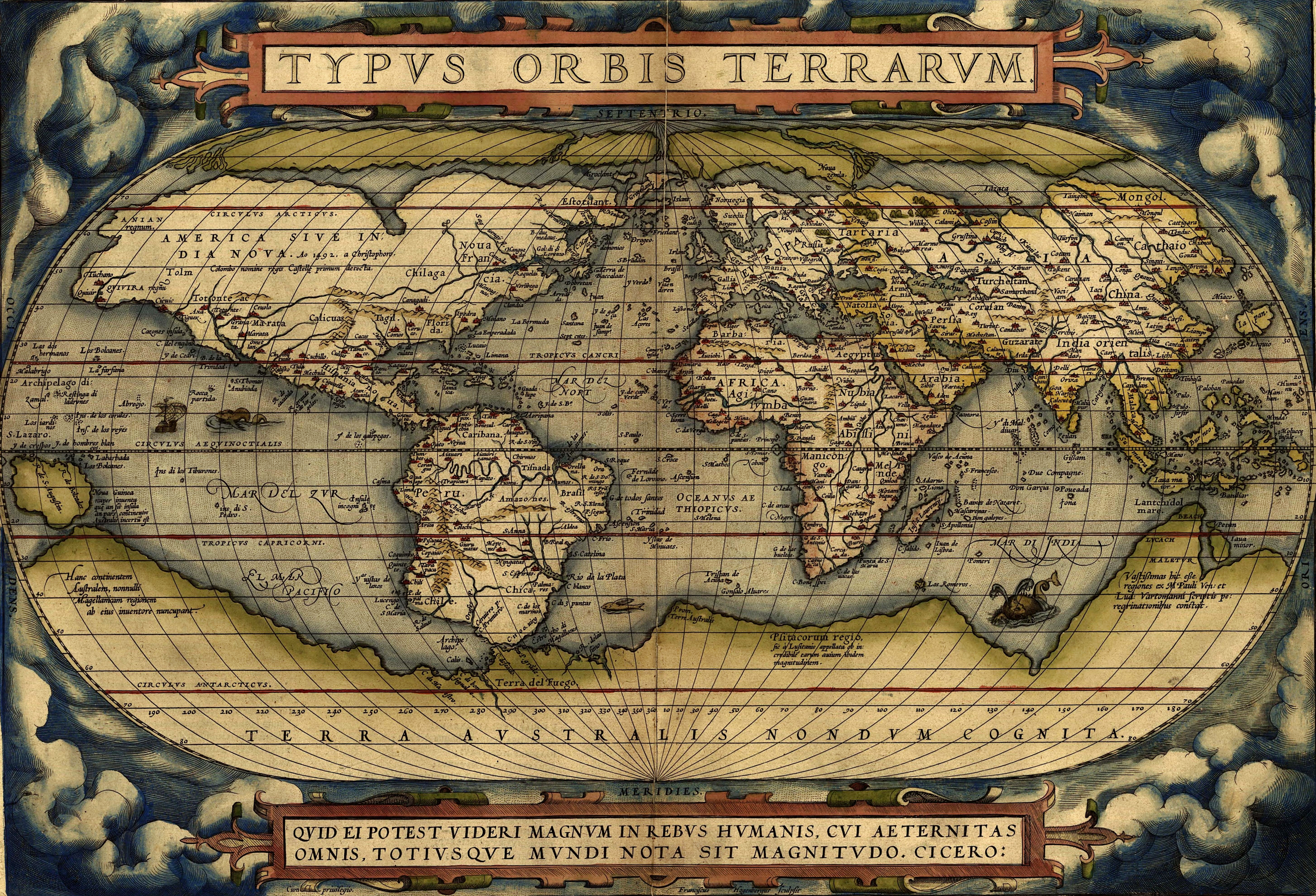 Click here for interactive maps and cinematic visualizations of how Americans have voted in every election since 1840 from Voting America, a website developed by the University of Richmond.
Click here for interactive maps and cinematic visualizations of how Americans have voted in every election since 1840 from Voting America, a website developed by the University of Richmond.
Click here for an interactive exhibit on the history of voting methods in American history from Vote: The Machinery of Democracy created by the National Museum of American History at the Smithsonian.
Click here for Yes We Did: Electing Our President 2008, a video made by the Barack Obama campaign about their experiences in the 2008 election.
Click here for a learning plan on the Suffrage movement for women and people of color.
Comments (0)
You don't have permission to comment on this page.